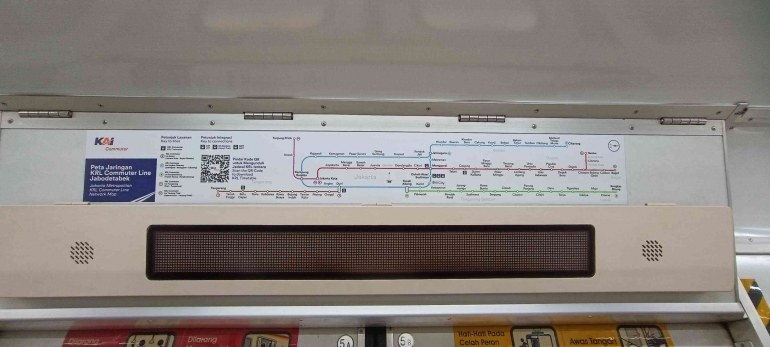Every day, around 1.2 million Jabodetabek residents rely on the Kereta Rel Listrik (KRL) as their main mode of transportation. The KRL, which has been operating since 1976, is the backbone of transportation in this dense urban area. It offers a quick and efficient solution compared to private vehicles that are often stuck in heavy traffic. However, despite its crucial role in people's mobility, the KRL faces serious problems that affect passenger comfort and safety.
Delays that Still Happen Often
Delay is one of the main problems faced by Electric Railway (KRL) users in the Jabodetabek area. Based on data obtained from dataindonesia.id, the average delay of KRL departure in 2022 is 2.5 minutes. Meanwhile, the average delay of KRL arrival is 3.7 minutes. This mainly occurs during the morning and evening rush hours, when passenger volume reaches its peak. These delays cause various negative impacts, both for passengers and for the operation of the KRL itself.
There are several causes of delayed trains that are not on schedule:
Signal Problems
The signal system used to regulate train movements is often disrupted. These systems work to ensure that trains move safely and in a well-coordinated manner. However, with outdated technology and lack of regular maintenance, disruptions to the signal system are a major cause of delays.
Reporting from Kompas.com on April 17, 2024, this was recognized by the Managing Director of PT KAI Commuter Jabodetabek, Tri Handoyo. He explained that the signaling equipment, especially on the Jakarta-Bogor route, had to be replaced, but it required large funding so that the replacement was carried out periodically.

Crowded Passengers
The surge of passengers during rush hour makes the process of getting on and off longer. Crowded stations and crowded passengers mean trains have to stop longer at each station. This causes overall delays, especially on congested routes.
"Overall, punctuality is appropriate. Comfort is also quite good, but during peak hours, conditions are very uncomfortable, and can be up to 10 minutes behind schedule," said Widi (20), a KRL user.

Infrastructure Limitations
Limited KRL tracks and the lack of double tracks on some routes are also a cause of delays. Lines that are used alternately by trains from the opposite direction cause queues and have to wait for other trains to pass. This condition exacerbates delays, especially on lines with a high frequency of travel.














